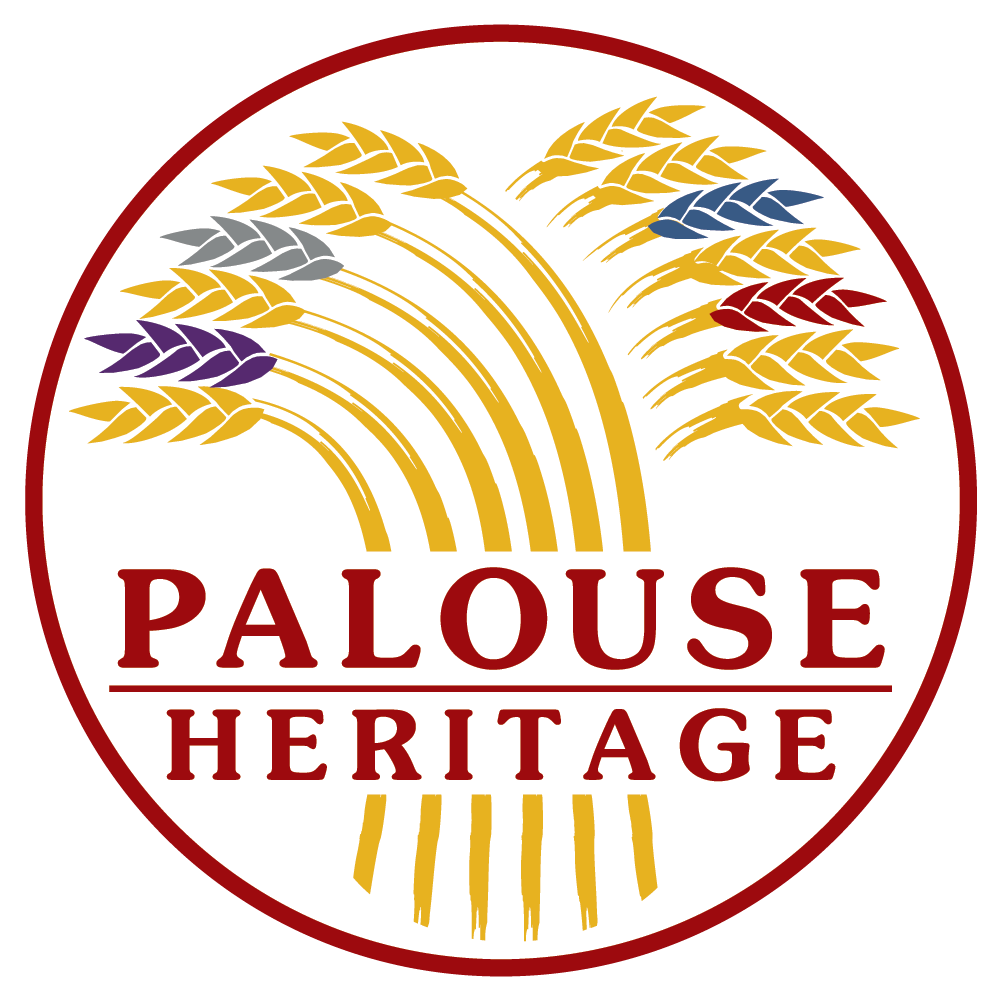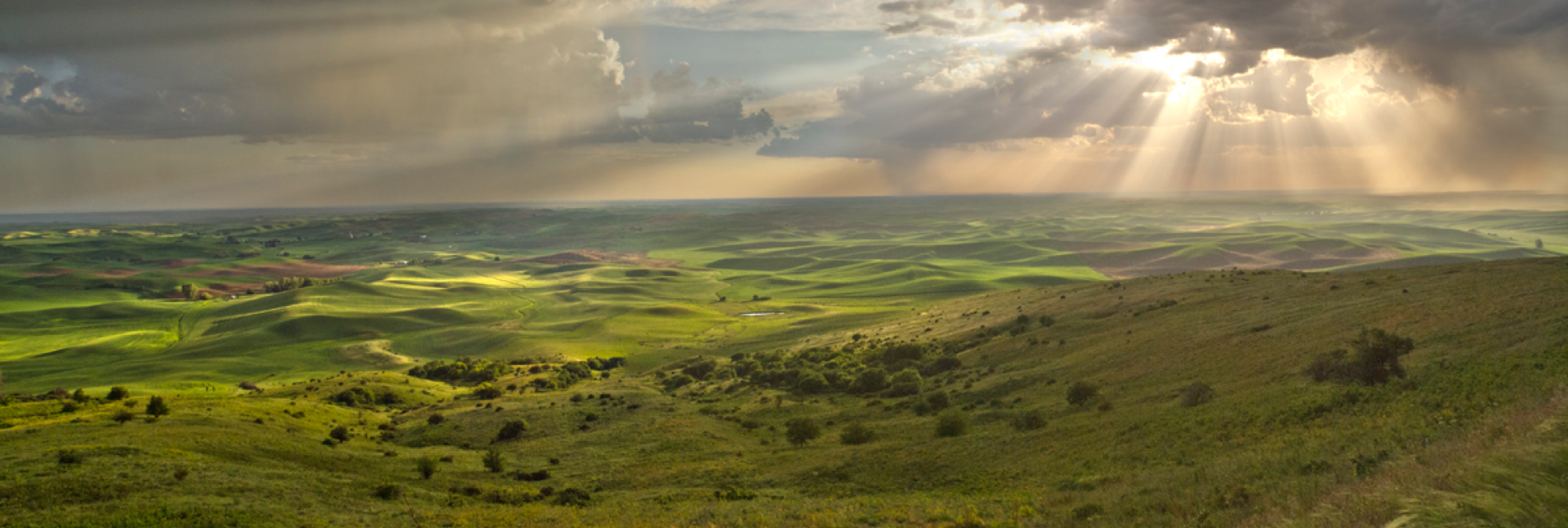Country-Style Breads (Part 1)
This post is the first of a three-part series focusing on delicious, wholesome bread recipes that feature our landrace grains. These recipes and many others are included in our newly released updated edition of the Harvest Home Cookbook, available here in both print and eBook versions.
Blended Rye Bread
Since time immemorial bakers worldwide have paired country-style breads with delicious soups, stews, and broths for the ultimate comfort foods. The recent renaissance in breadmaking at home and neighborhood bakeries have revived interest in traditional styles with names that reflect their global origins—English Farmer’s Bread, German Landbrot, French Pain de Campagne, Italian Pan Bigio, and Spanish Pan Campesino Rústico. Even within these styles is a wondrous culinary variation in shape, ingredient combinations, and baking techniques.
Palouse Heritage Country-Style Breads, Ethos Bakery, Kennewick
Country-style breads stand apart from mass market brands that use highly refined, single identity flours and chemical additives. Instead, these favored working-class breads that have long graced tables of homes, inns, and popular restaurants are generally characterized by the use of whole wheat flour (70-85%) in combination with a smaller amount (15-30%) of flour from another grain. Such blends, especially when working with whole grain flours and natural yeast leavening, yield denser, more nutritious loaves of lesser volume. In many European cultures the most commonly used secondary flour is rye which adds a satisfying tangy flavor. Other traditions prefer the mildness of oats (Scottish Harvest Struan), nutty barley (Ethiopian Habesha Dabo), and cornmeal (Boston Brown Bread). Country bread recipes also often include potato water or milk to hydrate the flour rather than plain water.
The recipe below is for a wonderful bread that has long sustained members of our family and friends who have regularly asked for the correct flour proportions. Weissmische is German for “blended white” flour and homemakers have long safeguarded the distinct ingredient combinations considered to be most appealing. Our elders traditionally served it as rundbrot, or in the shape of a “round bread” sun-wheel. Wheat-rye flour blends remain popular throughout Germany today where various regions take pride in distinctive ingredients and baking methods. This bread also makes our favorite toast which we often enjoy liberally spread with Mom’s homemade strawberry jam.
German Blended Rye Bread
- 5 cups Palouse Heritage Crimson Turkey flour
- 2 cups Palouse Heritage Rosen Rye flour
- ¼ cup brown sugar
- 3 cups milk
- 2 tablespoons butter
- 2 ¼ tablespoons dry yeast
- 1 teaspoon white sugar
- 1 teaspoon salt
Dissolve 2 ¼ tablespoons yeast in 6 ounces of warm water. Add 1 teaspoon of white sugar, mix, and let rise to top of cup. Mix yeast mixture with 3 cups of milk. Add rye and wheat flour and knead or use mixer for 10 minutes. Place dough in greased bowl and let rise until double, or about 1 hour. Remove from bowl, punch dough, and knead down. Shape into 3 loaves and bake in 3 greased loaf pans for 35 minutes at 375°.














